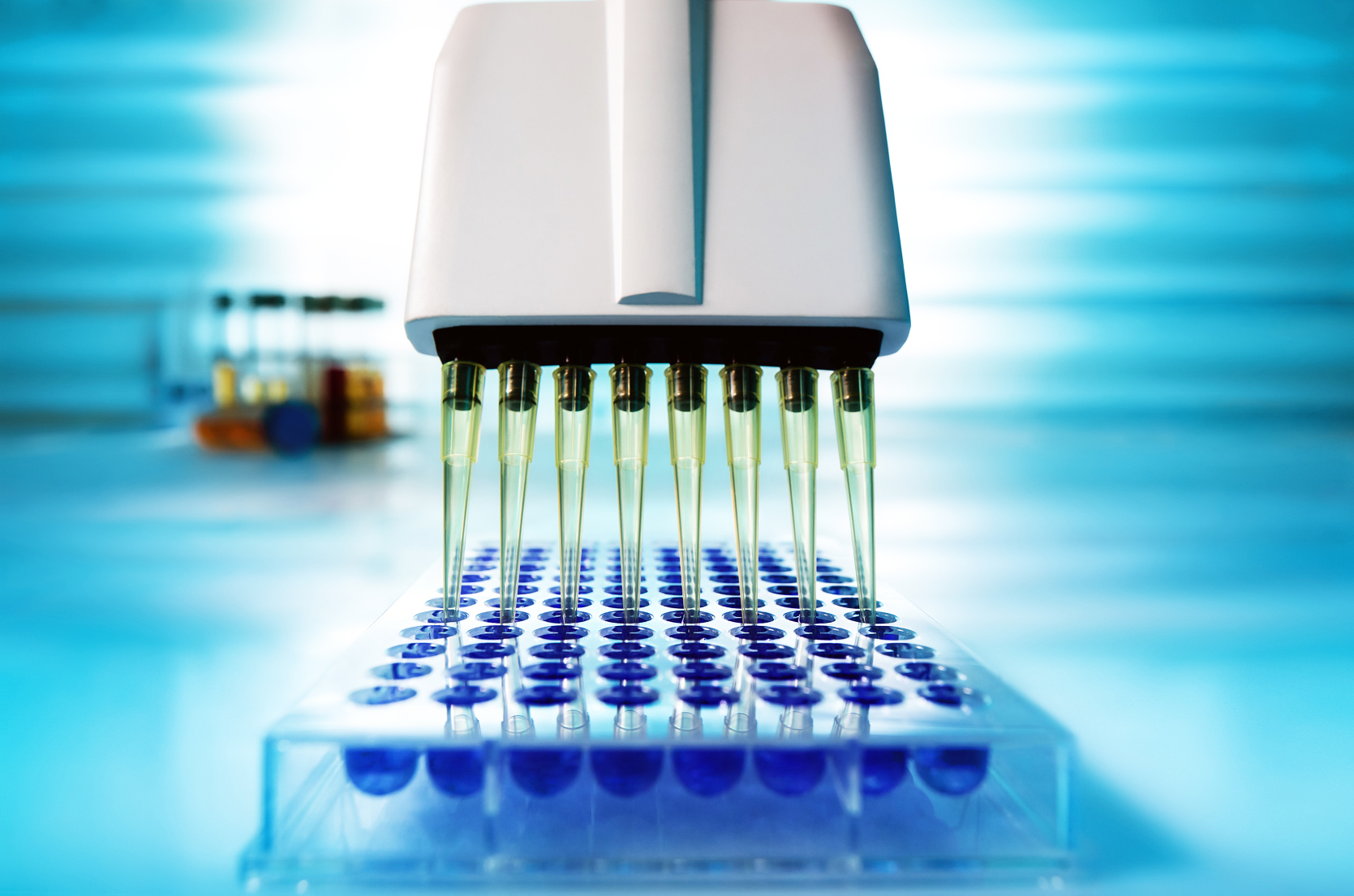EURL rabies
Collection of samples, techniques, validation and interpretation of the diagnostic methods for the purposes of rabies surveillance are presented here.
Diagnostic methods considered compliant are presented in the WOAH rabies manual. A list of procedures inspired by the WOAH official methods is also proposed.
Lorem ipsum dolor sit amet, consectetuer adipiscing elit. Maecenas porttitor congue massa. Fusce posuere, magna sed pulvinar ultricies, purus lectus malesuada libero, sit amet commodo magna eros quis urna.
Nunc viverra imperdiet enim. Fusce est. Vivamus a tellus.
Pellentesque habitant morbi tristique senectus et netus et malesuada fames ac turpis egestas. Proin pharetra nonummy pede. Mauris et orci.
Aenean nec lorem. In porttitor. Donec laoreet nonummy augue.
Suspendisse dui purus, scelerisque at, vulputate vitae, pretium mattis, nunc. Mauris eget neque at sem venenatis eleifend. Ut nonummy.
Less than one month before 7th workshop for rabies for EU NRLs!
♦ 30 April 2015 ♦
The rabies EURL annual meeting will gather 55 people. This meeting will bring together National Reference Labs from Member States and from third countries bordering EU, including those from North Africa. On the first half-day, presentations will focus on the techniques relative to oral vaccination control and rabies update from several participating countries. On the second half-day, European (EFSA) and Global Institutions (WHO, IAEA) will present their activities before the diagnostic and the molecular biology sessions. The last update of the agenda can be found here.
Technical Report for 2014
♦ 30 April 2015 ♦
Each year, the EURL is in charge of elaborating a technical report detailing all rabies activities undertaken and their outputs in the frame of the regulations No 737/2008 and 415/2013. The document is available for members of the EURL network (need to use your login and password to open the restricted access of the website).
Inter-laboratory aptitude test for rabies serology - Year 2015
♦ 1st April 2015 ♦
In the frame of its mandate of EURL for rabies serology (Council Decision 2000/258/EC), the Anses-Nancy laboratory for rabies and wildlife, France, organizes each year inter-laboratory aptitude tests for the purposes of Member States or third countries authorization to carry out the serological tests to monitor the effectiveness of the anti-rabies vaccination. A favourable result of the appraisal of the applicant laboratory documented by the ANSES-Nancy laboratory is a pre-requisite for the appraisal.
This year, 67 laboratories will participate to the inter-laboratory aptitude test for rabies serology. Sending of the panels will be proceeded around the end of April 2015.
Read more about Approved Laboratories in the EU and in Third Countries (ec.europa.eu)
Data collection for EU NRL Annual Community review of tests related to rabies: Do not forget to answer the questionnaire!
♦ 30 March 2015 ♦
As announced last month, the EURL laboratory network is invited to participate in the annual overview of tests performed in the NRLs. This year the survey is undertaken online.
Deadline for submission is postponed to 15th April...
Read more news about the annual overview of tests performed in the NRLs
